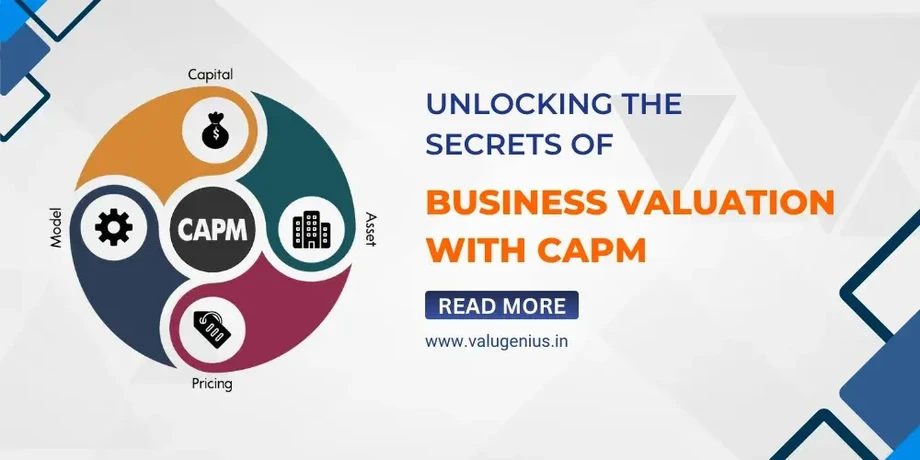As business leaders, entrepreneurs, and start up enthusiasts, understanding the intricacies of valuation models is crucial for making informed investment decisions. One such model that plays a pivotal role in this domain is the Capital Asset Pricing Model (CAPM). Let’s delve into what CAPM is and why it matters in the world of finance.
Deciphering CAPM:

CAPM elucidates the relationship between the expected return and the risk associated with investing in a security. Simply put, it highlights that the expected return on a security comprises two components: the risk-free return and a risk premium based on the security’s beta. The formula for calculating CAPM is as follows:
Expected return (Ra) = Risk-free rate (Rrf) + Beta (Ba) x (Expected return of the market (Rm) – Risk-free rate (Rrf))
Crucial Components of CAPM:
1. Expected Return (Ra): This denotes the anticipated return of a capital asset over time, considering all variables in the equation. It’s a long-term projection of an investment’s performance.
2. Risk-Free Rate (Rrf): Typically, this is equivalent to the yield on a 10-year Indian government bond. The risk-free rate serves as the baseline for determining the additional return investors require for undertaking riskier investments. Risk free rate is available at https://www.fbil.org.in/
3. Beta (Ba): Beta measures a stock’s volatility relative to the overall market. It indicates how much a stock’s price fluctuates concerning market movements. A beta greater than 1 suggests higher volatility, while a beta less than 1 implies lower volatility.
4. Market Risk Premium: This represents the additional return over the risk-free rate necessary to compensate investors for investing in riskier asset classes. It reflects the volatility of the market or asset class.
Assumptions of CAPM:

The assumptions underlying the capital asset pricing model are:
- Investors are risk averse.
- Rational investors seek to hold portfolios which are fully diversified.
- All investors have identical investment holding periods.
- All investors have the same expectations regarding expected rate of return, and how
capitalization rates are generated. - There are no transaction costs.
- There are no taxes.
- The rate received from lending money is the same as the cost of borrowing.
- The market has perfect diversity and liquidity so an investor can readily buy or sell any
fractional interest.
Variance in CAPM:
There are following types of the CAPM widely used by the international business valuators
1. Build up Method
2. Modified CAPM
3. Modified CAPM build up method
Significance of CAPM:
CAPM isn’t just a theoretical concept; it holds practical significance in financial modelling and investment analysis. Here’s why it matters:
1. Weighted Average Cost of Capital (WACC): CAPM aids in calculating WACC, which is crucial for assessing a company’s investment decisions. It provides insights into the cost of equity, enabling organizations to determine their optimal capital structure.
2. Financial Modelling: By incorporating CAPM into financial models, analysts can evaluate the net present value (NPV) of future cash flows, ascertain enterprise value, and determine equity value. This facilitates informed decision-making in mergers, acquisitions, and investment projects.
Example of CAPM in Action:
Let’s illustrate the application of CAPM with a hypothetical scenario:
Suppose we have a stock trading on the BSE with operations in India. Given a current yield on a 10-year Indian Government bond of 7.18%, an average excess historical annual return for the BSE Index of 9%, and a beta of 1.25, we can calculate the expected return using the CAPM formula:
Expected return = 7.18% + (1.25 x 9%) = 18.43%
Conclusion:
In essence, CAPM serves as a compass for navigating the complexities of investment valuation. By understanding its principles and applications, professionals and entrepreneurs can make informed decisions, mitigate risks, and maximize returns on their investments.

